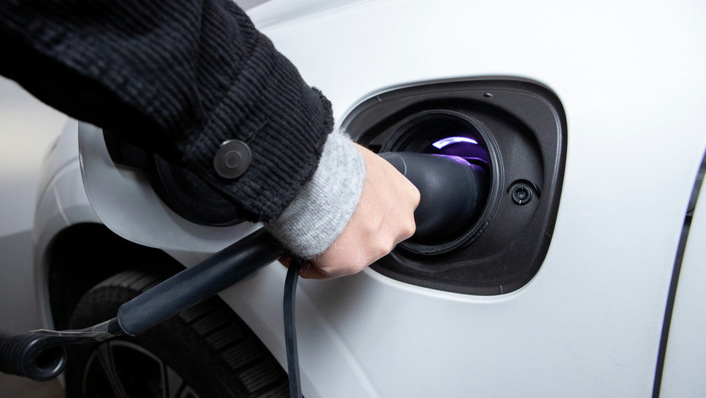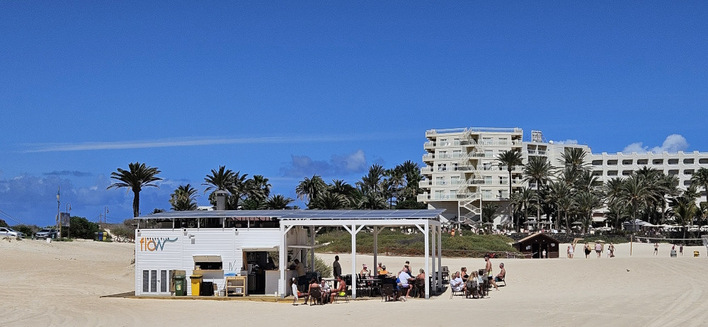The generator was built on an 18-hectare lake of a sandpit site at Zwolle. Now fully commissioned, it is the largest project of its kind outside of China and was constructed by BayWa r.e. and its Dutch subsidiary, GroenLeven.
“The sale of Bomhofsplas, which was built in just seven weeks, represents another important step in the Netherlands’ energy transition. For BayWa r.e., it marks further success in the Dutch market, following recent sales of seven other solar parks, including the Tynaarlo and Sekdoorn floating-PV projects,” said Matthias Taft, BayWa AG Board Member.
Bomhofsplas is capable of generating enough electricity to power around 7,200 homes. A special feature of the project is the electricity generated is being offered directly to Zwolle residents and businesses via local cooperative Blauwvinger Energie, giving the local community a tangible stake in the project.
Floating-PV has benefits
Provincial Executive Tijs de Bree for energy from the province of Overijssel, commented: “The connection of the solar park to the electricity grid is a milestone for the generation of new energy in the Zwolle region. I am proud that we have been able to make an important contribution to this via Energiefonds Overijssel.”
In addition to avoiding land use conflicts, floating-PV has some benefits over ground mounted solar. These include easier installation, higher potential yields due to the water's cooling effect and lower O&M costs.
“Together with GroenLeven, we have again demonstrated through the development, construction and sale of the park, the potential of floating-PV as part of the renewable energy mix”, comments Benedikt Ortmann, Global Director of Solar Projects, BayWa r.e.
Additional living spaces for small creatures
“We’re pleased to have sold the park to a local consortium who shares our beliefs in the importance of renewables in securing a sustainable future, and it is great the local community can directly benefit from the power generated.”
Preserving the lakes biodiversity has also been a key consideration of system design. Glass-glass modules help ensure light continues to touch the water, while panel elevation above the lake maintains good air circulation. Special bio huts – cages that include compartments containing shells – have also been put into the lake to provide shelter and food to support small fish and vertebrates.
This was the first floating-PV project supported by financier ASN Groenprojectenfonds. Fund manager Rosemarijn van der Meij added: “Floating-PV has an important role to play if we are to make optimal use of solar energy generation. We expect this project to be a prelude to more financing for Floating-PV projects in the future.” (mfo)







